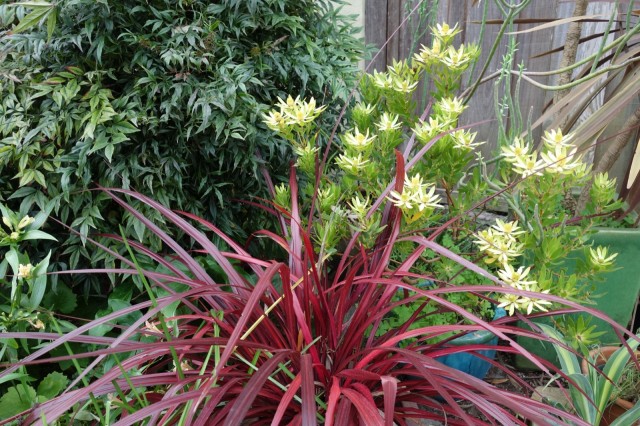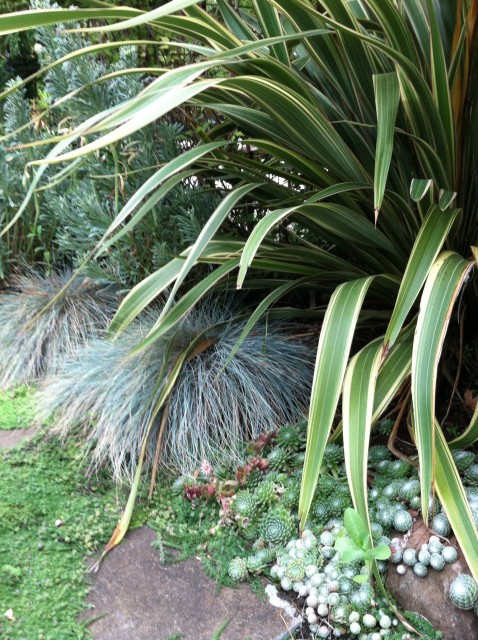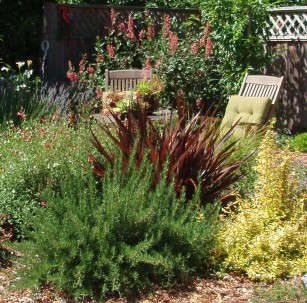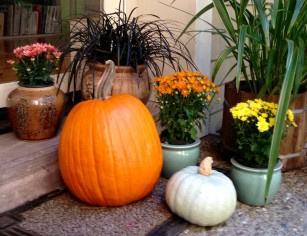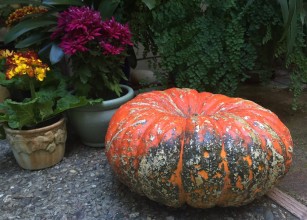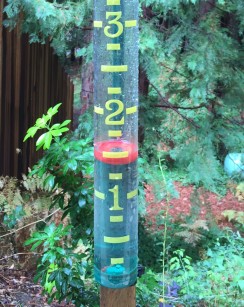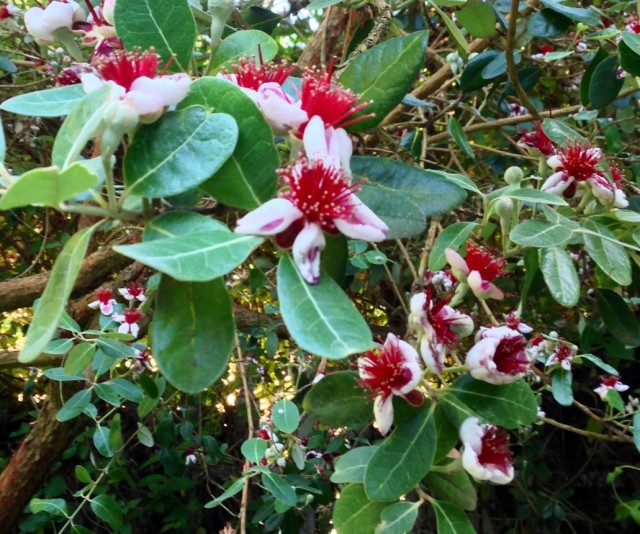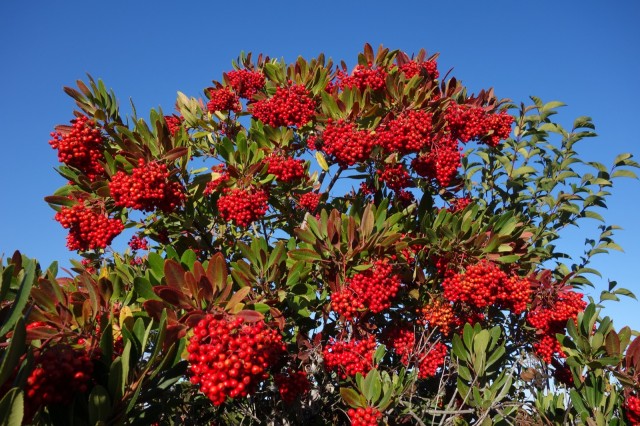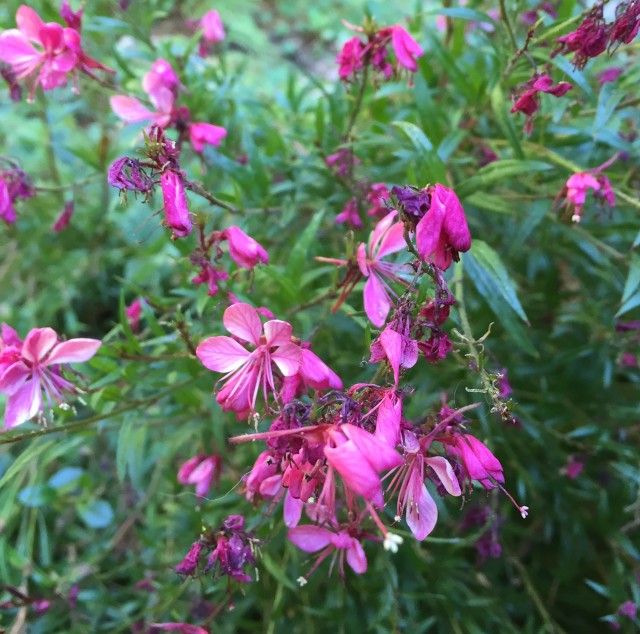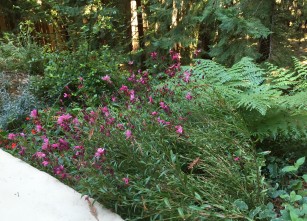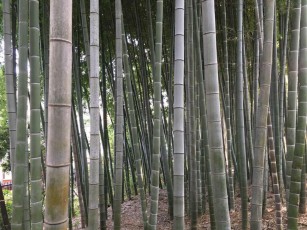 It took a trip to beautiful Hakone Gardens in Saratoga recently to put it all in perspective. It?s easy to overlook what?s really important in life when we are busy with everyday things. With Thanksgiving approaching the gardens were quiet on this crisp fall day giving me the opportunity to slow down and listen to the lessons of nature.
It took a trip to beautiful Hakone Gardens in Saratoga recently to put it all in perspective. It?s easy to overlook what?s really important in life when we are busy with everyday things. With Thanksgiving approaching the gardens were quiet on this crisp fall day giving me the opportunity to slow down and listen to the lessons of nature.
Majestic shoots of black bamboo emerge from the earth and tower above me 30 feet. The timber bamboo shoots are over 4 inches across and rise even taller. Bamboo is as strong as steel and sturdier than concrete. Very dense fibers give them extreme flexibility, allowing them to bend without snapping. They are strong and graceful at the same time reminding me of my sister who faces great physical challenges with character and poise. I?m thankful for every minute I get to share her now. Be kinder than necessary for everyone you meet is fighting some kind of battle.
At the pond a dozen Koi swam slowly over to me. They are huge, probably over 20 yea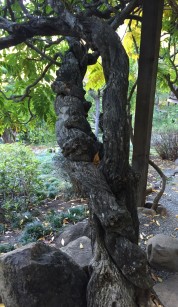 rs old. What have they heard from the thousands of visitors who talk to them over the years? Each koi is a unique fish and no two are quite the same. They have different color, scale types and patterns. They look wise with their beautiful patterns of orange, white, gold and navy. I?m thankful that? ?Each of us is a unique strand in the intricate web of life and here to make a contribution?.? Deepak Chopra.
rs old. What have they heard from the thousands of visitors who talk to them over the years? Each koi is a unique fish and no two are quite the same. They have different color, scale types and patterns. They look wise with their beautiful patterns of orange, white, gold and navy. I?m thankful that? ?Each of us is a unique strand in the intricate web of life and here to make a contribution?.? Deepak Chopra.
Hakone Gardens was first designed over a hundred years ago in 1917. As a traditional Japanese garden it was created to last forever. A landscape architect group from Japan comes to Hakone every other year for ten days to make improvements and oversee the constant care and maintenance. The wisteria arbor roof was raised not too long ago. The structure has a big job supporting the decades old vines which twist only in a clockwise direction. Wisteria, like other legumes, pull nitrogen out of the air from bacteria on their root nodules making it available to the plant. So many lessons to be learned from wisteria- perseverance, determination, self-reliance, I?m thankful for each new challenge which helps me build strength of character.
 A Japanese garden mimics nature in a smaller setting. Designed for peaceful contemplation, each element -stone, water, plants and rocks – strive to provide a spiritual haven for visitors. Old wizened Japanese maples are pruned to capture their ancient power yet bestow peace and tranquility in the garden. I sat under the canopy of a lace-leaf maple to appreciate the glowing fall color backlit by the late afternoon sun. I?m thankful for this tree which symbolizes strength and endurance. To quote American novelist, Don Williams, Jr., ?The road of life twists and turns and no two directions are ever the same. Yet our lessons come from the journey, not the destination.?
A Japanese garden mimics nature in a smaller setting. Designed for peaceful contemplation, each element -stone, water, plants and rocks – strive to provide a spiritual haven for visitors. Old wizened Japanese maples are pruned to capture their ancient power yet bestow peace and tranquility in the garden. I sat under the canopy of a lace-leaf maple to appreciate the glowing fall color backlit by the late afternoon sun. I?m thankful for this tree which symbolizes strength and endurance. To quote American novelist, Don Williams, Jr., ?The road of life twists and turns and no two directions are ever the same. Yet our lessons come from the journey, not the destination.?
My visit to Hakone Gardens helped me remember that being grateful is something I should focus on every single day. When I don?t know something it?s an opportunity to learn. Be thankful. Each new challenge helps me to grow. Be thankful. And especially be thankful for the best things I have like friends and family.
Happy Thanksgiving from The Mountain Gardener.


